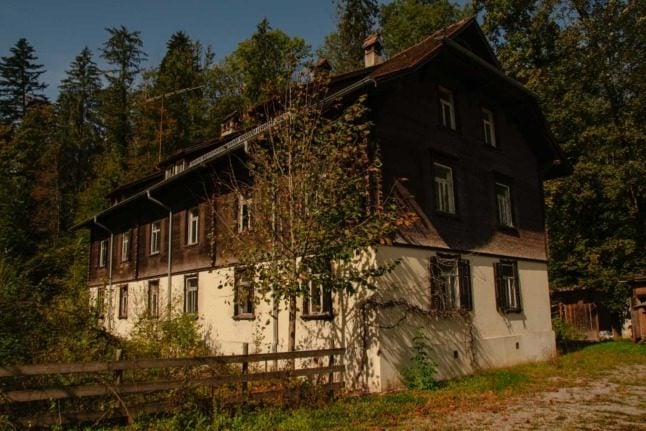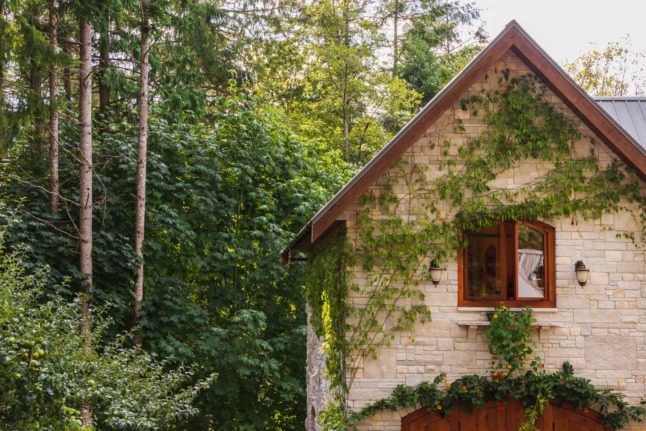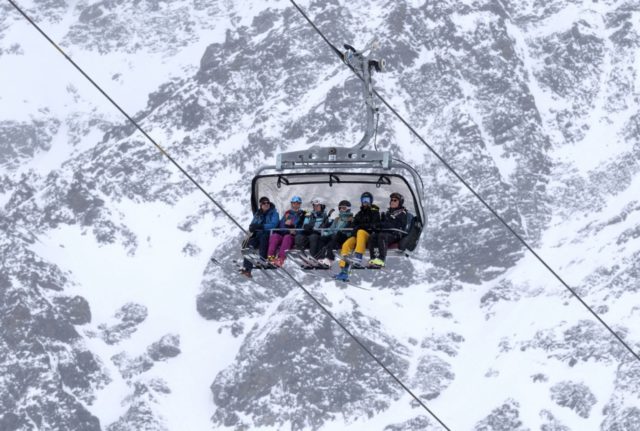With its stunning alpine scenery, Habsburg-era architecture and opportunities for winter sports and summer hiking, Austria is a great place to live.
House, apartment and land prices reflect that, with prices for all soaring in the past five years, according to data recently released from Statistics Austria.
So which federal states are seeing the largest increases in house and apartment costs and where can you pick up land to build your own property for the cheapest price?
Before you get too excited though, a word of warning.
The statistics show across Austria house prices increased on average by around 26 percent and apartment prices by 36 percent between 2015 and 2020, meaning it’s getting harder to find a bargain.
Apartments
Apartment prices have rocketed in Lower Austria (54.4 percent) and Upper Austria (52.5) between 2015 and 2020, but most of all in Vorarlberg, where they have risen by an enormous 55 percent over five years. Styria saw the smallest increase over five years, of just 27 percent.
READ MORE: Is it better to buy or to rent property in Austria?
Houses
House prices in all federal states increased between 2015 and 2020.
The largest increases were in Tyrol (53 percent) and Vorarlberg (66 percent) while Styria had the smallest increase of just 18 percent.
Building land
Land suitable for building on actually slightly dipped in price across Austria between 2015 and 2010. In Burgenland land cost around seven percent less to buy in 2020 than five years previously.
However, the picture was very different in Vorarlberg, where the cost of land increased by 46 percent between 2015 and 2020 and in Vienna where it increased by 38 percent.
Here’s a breakdown of the changes in prices on a state-by-state basis, with reference to houses, apartments and vacant land suitable for building.
Burgenland
Beautiful Burgenland is one of the cheapest places in Austria to buy property, as the Local has previously reported.
See the following link for more information.
READ MORE: Where is the cheapest place to buy property in Austria?
However, as always with property, location is everything, with prices increasing the closer you get to Austria’s capital. This means it is far more expensive to buy in the Eisenstadt area, for example, than in Burgenland’s cheapest district, Güssing.
Across Burgenland house prices actually increased by 21 percent between 2015 and 2020. Apartment prices rose by 31 percent.
Following the national trend, land for building decreased in value by seven percent.
Carinthia
Famed for its gorgeous lakes and proximity to Slovenia, Carinthia has also seen its house prices rise. An apartment in Carinthia cost 31 percent more in 2020 than it did in 2015, while a house rose by 26 percent in the same period. However, the cost of buying land to build on fell by five percent.
Lower Austria
As the Local has reported before, Lower Austria includes some of the cheapest properties in Austria, mostly found close to the border with the Czech Republic.
As in Burgenland, prices rise as you get closer to Vienna. There were increases in land prices (four percent), house prices (29 percent) and apartment prices (a whopping 54 percent) from 2015 to 2020.
READ MORE: Can foreigners buy property in Austria?
Upper Austria
Upper Austria is a similar picture to Lower Austria in terms of house price increases. Land prices rose by 6.7 percent, house prices by 34 percent and apartment prices by 53 percent from 2015 to 2020.
Salzburg
In 2020 Salzburg was the third most expensive state in Austria to buy a house or an apartment, making it relatively more affordable than in 2015, when it was the second most expensive state in Austria. Since 2018 Salzburg has been overtaken by Vorarlberg in terms of property prices.
From 2015, Salzburg’s land values increased by 18 percent, house prices by 40 percent and apartment prices by 28 percent over a five year period.

Styria
Beautiful Styria remains relatively more affordable compared to neighbouring Salzburg. Its house prices are less than half of those in Salzburg, although it the cost of buying increased by 18 percent between 2015 and 2020. Its apartments saw price inflation of 27 percent over the same period. Land prices stayed the same.
Tyrol
Tyrol is one of the most sought-after places to buy a house in Austria, and has some of its highest property prices. As The Local has previously reported, in 2020, properties in Innsbruck reached an average price of €6,170 per square meter according to figures from Immowelt.
Statistics Austria notes in Tyrol, a buyer would have to pay €467,000 for an average house with a living space of 140 square meters on a 661 square meter property.
House prices rose here by a huge 53 percent and apartment prices by 36 percent between 2015 and 2020.
Vorarlberg
Vorarlberg property prices are booming. This state had the largest increase in land prices in Austria (46 percent) as well as the largest increase in house prices (65.8). The cost of an apartment also soared, rising by 55 percent from 2015 to 2020, making this state the second most expensive in Austria to buy property.
Vienna
Austria’s capital Vienna has the most expensive property prices in Austria, in terms of land, apartments and houses.
It has also seen some of the largest price rises between 2015 and 2020. In 2020 land cost 38 percent more than in 2015, an apartment increased on average by 36 percent and a house by 34 percent.




 Please whitelist us to continue reading.
Please whitelist us to continue reading.
Member comments